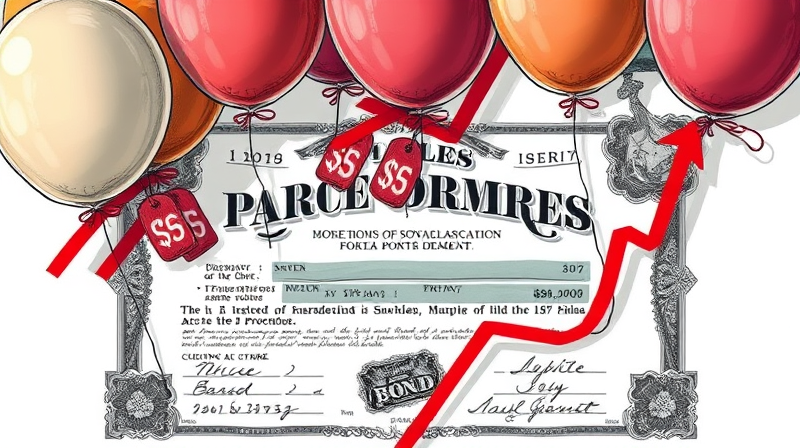
International investing offers the allure of new markets, untapped opportunities, and diversified growth. Yet, with every cross-border investment comes the hidden force of currency exposure, capable of amplifying gains or eroding returns without warning.
Understanding how to navigate this terrain is not just a technical necessity—it is a journey that tests your resilience, sharpens your strategic vision, and ultimately empowers you to steward your wealth across frontiers.
At its core, currency exposure stems from shifts in exchange rates that affect the value of assets held in foreign denominations. When you invest overseas, your returns become the product of both market performance and the relative strength of your home currency.
Recognizing the dimensions of this risk is the first step toward harnessing it as a strategic advantage rather than fearing it as an uncontrollable threat.
While the volatility of global exchange rates can be daunting, it also presents avenues for strategic maneuvering. By embracing practical hedging techniques for investors and thoughtful diversification, you build a buffer against sudden swings.
Implementing these measures requires clear objectives, disciplined monitoring, and an understanding of cost-benefit trade-offs. Hedging too aggressively can dampen potential upsides, while under-hedging may expose you to unnecessary turmoil.
Consider a U.S. investor who acquired Canadian equities in early 2020. When the Canadian dollar weakened against the U.S. dollar by 8%, an unhedged portfolio saw a corresponding drop in returns, even as stock prices climbed.
However, with a modest hedge in place, the same investor could have captured equity gains while limiting currency-induced losses. Stories like this underscore how volatile currency movements can erode value—and how foresight transforms risk into stability.
During the 1997 Asian currency crisis, many global portfolios were blindsided by rapid devaluations. Yet, some forward-thinking firms that utilized diversification and hedging tools navigated the turmoil with minimal damage, emerging stronger as markets recovered.
To create a portfolio that weathers currency storms, begin by assessing your individual risk appetite and investment horizon. These factors guide the balance between hedged and unhedged positions.
Next, integrate technology into your workflow. Platforms that offer real-time analytics and scenario modeling enable you to simulate the impact of rate shifts before they happen. By leveraging leverage cutting-edge AI-driven tools, you can streamline decision-making and respond swiftly to market tremors.
As global markets grow ever more intertwined, currency dynamics will continue to shape investment outcomes. Innovations in fintech, especially blockchain-based settlement systems, promise faster, more transparent transactions with reduced counterparty risk.
Moreover, AI-powered risk management solutions are poised to evolve, offering predictive insights that were once the realm of seasoned traders. Embracing these advancements can give you a competitive edge and bolster your confidence in navigating currency fluctuations.
In the end, mastering currency exposure is not merely about shielding your portfolio from adverse moves. It is about unlocking new dimensions of strategic opportunity, empowering you to weave together a truly global tapestry of growth.
References













